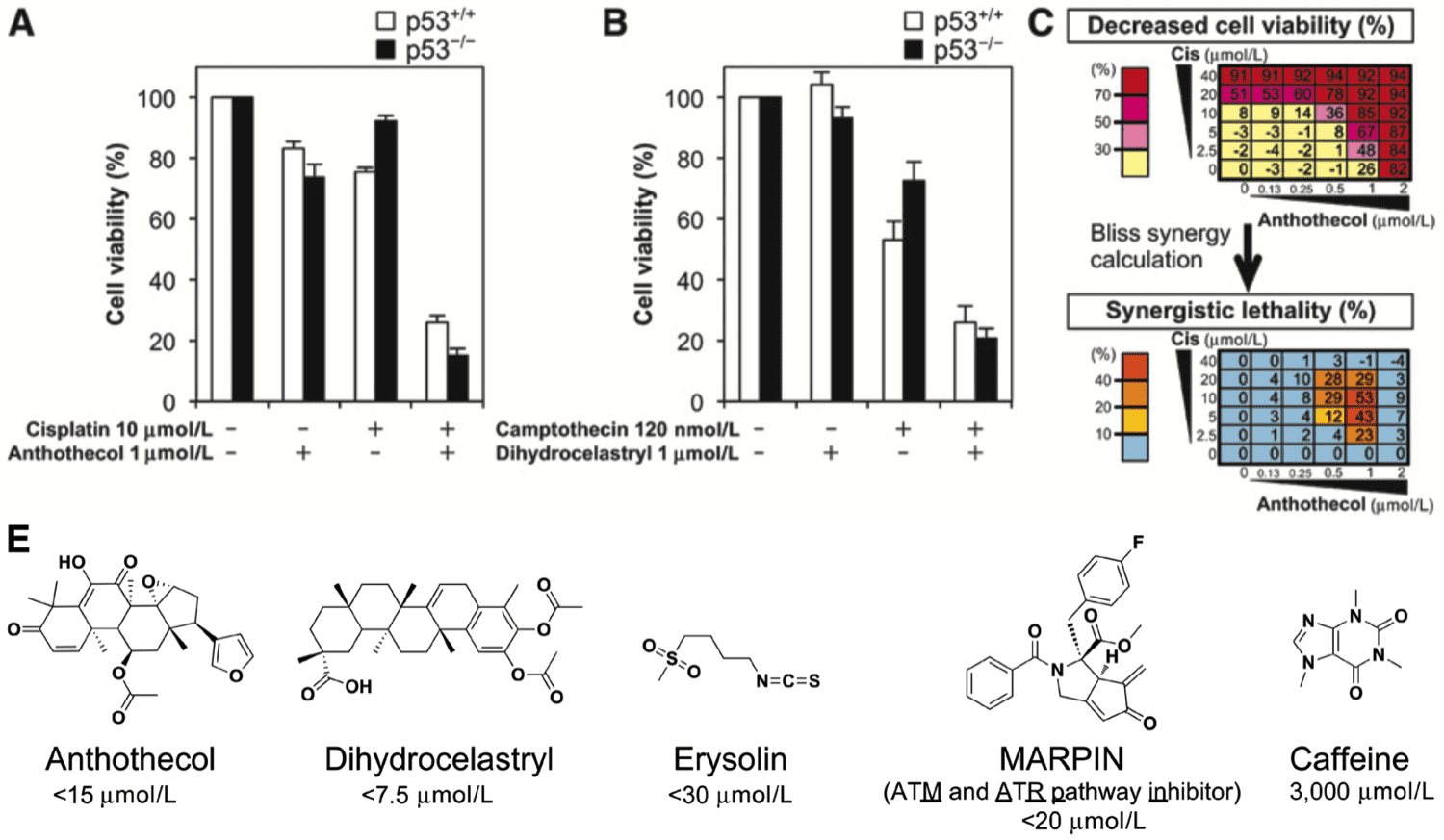Highlights Merkel cell carcinoma (MCC) is an aggressive cutaneous malignancy with a recurrence rate of…
Abstract
Amyotrophic lateral sclerosis (ALS) is the most common fatal motor neuron disease. It has been generally accepted that the proapoptotic property of the familial ALS (FALS)-linked mutant SOD1 genes plays an important role in the pathogenesis of some FALS cases. We found here that expression of N19S-SOD1, a novel SOD1 mutant originally found in a sporadic ALS patient, induces lower grade death in NSC34 cells than FALS-linked mutant SOD1. In agreement, intracytoplasmic aggregate formation and SOD1 polymerization are less prominently induced by ectopic expression of N19S-SOD1 than FALS-linked mutant SOD1. We further found that additional cell stresses, such as inhibition of proteasomal activity or up-regulation of intracellular oxidative stress, enhance N19S-SOD1-induced aggregate formation and polymerization of N19S-SOD1. Such analysis of the intracellular polymerization and the ubiquitination of N19S-SOD1 have further suggested that it is recognized as a misfolded protein, like FALS-linked mutant SOD1, whereas wild-type SOD1 is not. Altogether, it is speculated that the N19S mutation of SOD1 in cooperation with associated cell stresses contributes to the onset of ALS as a risk factor.


